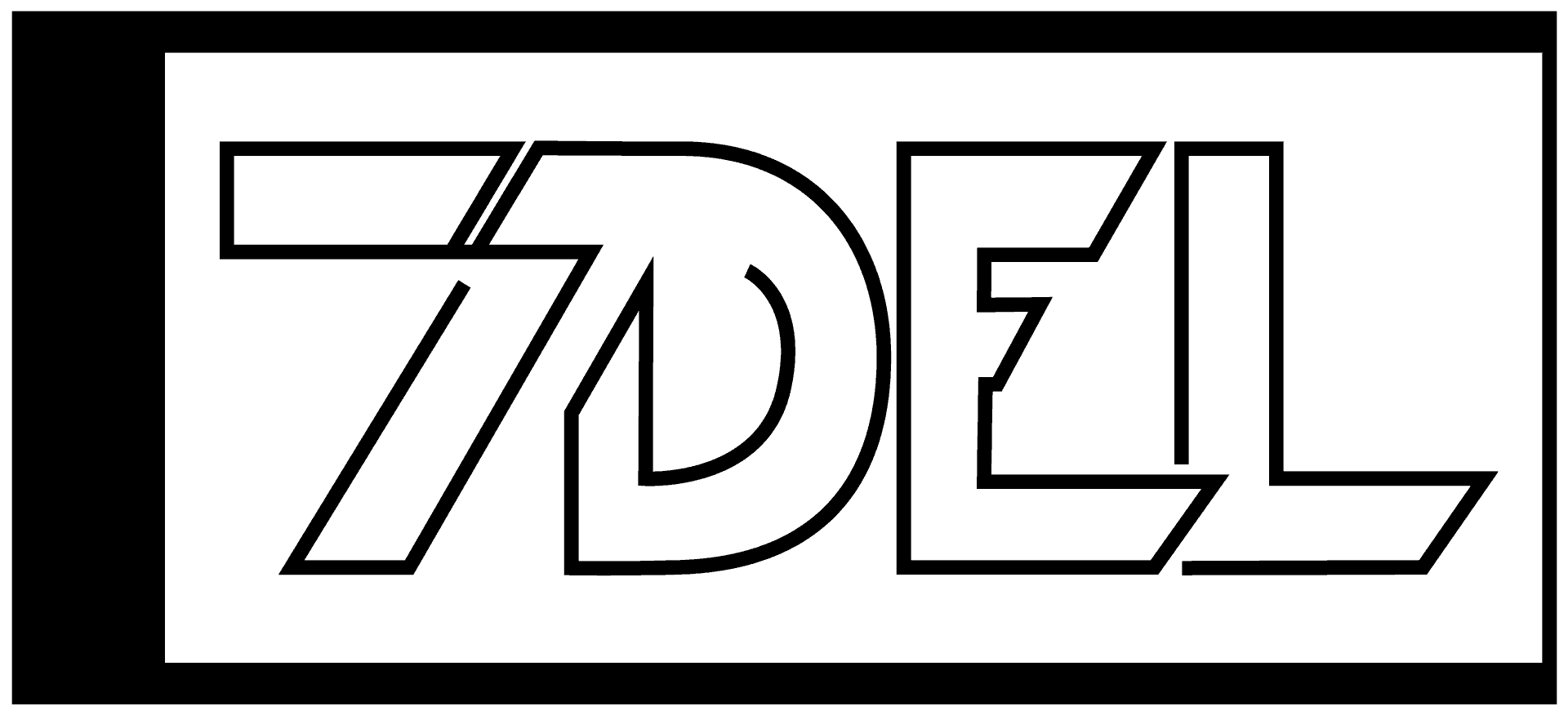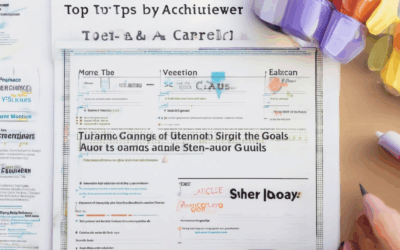In today’s fast-paced world, productivity is often the cornerstone of success, yet many struggle to maintain focus and achieve their full potential. Whether you’re working in a bustling office, managing a busy home life, or running a small business, finding ways to improve daily productivity is essential for thriving in a competitive environment. This article delves into proven strategies to boost your efficiency, from mastering the 333 Rule and embracing the 80/20 Balance to leveraging cutting-edge AI tools for enhanced focus. By exploring these methods, you’ll gain valuable insights to streamline your workflow, overcome common productivity hurdles, and unlock your maximum potential. Let’s embark on a journey to optimize your daily productivity and elevate your performance.
Key Takeaways
– Maximize productivity with the 52/17 Rule—work 52 minutes, then take a 17-minute break to boost focus and efficiency.
– Leverage the 80/20 Principle to prioritize tasks—concentrate on 20% of work delivering 80% of results for higher efficiency.
– Balance your day with the 8-8-8 Rule—dedicate 8 hours to work, 8 to sleep, and 8 to leisure for optimal performance and well-being.

The 333 Rule for Productivity
The 333 rule is a productivity strategy that recommends working in focused intervals of approximately 3 hours and 33 minutes, followed by a short break. This approach aims to maximize productivity while minimizing the risk of burnout and maintaining focus.
Here’s how the 333 rule works:
- Work Session Duration : Aim to work for 3 hours and 33 minutes. This duration is based on the idea that working beyond this timeframe may lead to decreased efficiency and concentration.
- Break Interval : After each work session, take a break of 10-20 minutes. During this break, you can step away from your tasks, stretch, or engage in a light activity to refresh your mind.
- Repeat : Continue this cycle throughout your workday. This method helps maintain consistent energy levels and productivity.
- Micro-Breaks : Incorporate short micro-breaks (e.g., 5-10 minutes) during your work sessions. These breaks can involve simple tasks like walking around, drinking water, or stretching to stay alert and maintain creativity.
By following the 333 rule, you can optimize your workflow, reduce the likelihood of fatigue, and enhance overall job performance.
How Can I Be More Productive With My Day?
To enhance productivity, consider implementing the following strategies:
- Establish a Consistent Bedtime Routine :
- Go to bed and wake up at the same time every day.
- Avoid screens before bedtime to improve sleep quality.
- Drink a glass of water before bed to aid hydration.
- Create a Morning Routine :
- Set your alarm and prepare for the day ahead.
- Start with a light workout or stretching to energize yourself.
- Consume a healthy breakfast to fuel your day.
- Prioritize Tasks Effectively :
- Use the Eisenhower Matrix to categorize tasks by urgency and importance.
- Break large goals into smaller, manageable steps.
- Focus on one or two major tasks daily to avoid overwhelm.
- Leverage Time Management Tools :
- Utilize digital tools like Trello or Asana to track tasks.
- Set time limits on social media platforms to minimize distractions.
- Stay Organized and Declutter :
- Keep your workspace tidy and use organizers.
- Apply the Pomodoro Technique for focused work sessions.
- Incorporate Mindfulness and Breaks :
- Take micro-breaks every hour to refresh your mind.
- Practice deep breathing or take short walks during breaks.
- Maintain Healthy Habits :
- Engage in light exercise, like a brisk walk, to boost energy.
- Opt for healthier meals and snacks, reducing processed food intake.
- Learn to Say No :
- Prioritize tasks based on their impact and importance.
- Delegate or decline less critical responsibilities to manage stress.
- Set Clear Goals :
- Write down daily goals and review them periodically.
- Celebrate achievements, no matter how small, to stay motivated.
By experimenting with these strategies and tailoring them to your lifestyle, you can find a productive rhythm that suits you best.

What Are the 7 Most Common Causes of Low Productivity?
Understanding the root causes of low productivity is essential for improving efficiency and achieving better results. Below are the seven most common factors contributing to reduced productivity:
- Poor Time Management: Inefficient organization of tasks leads to wasted time and decreased output. Without clear prioritization, employees may struggle to meet deadlines and complete responsibilities effectively.
- Lack of Clear Goals: Employees often feel unmotivated when they lack direction or understand the purpose of their work. Setting well-defined objectives helps align efforts and increase focus.
- Inefficient Processes: Outdated workflows, redundant steps, or missing tools can slow down progress and reduce overall productivity. Streamlining operations is crucial for boosting efficiency.
- Excessive Distractions: Interruptions from emails, meetings, or personal devices can hinder concentration and reduce the ability to stay on task. Creating a focused work environment is key to productivity.
- Adequate Skills and Resources: Employees may struggle if they lack the necessary training or access to tools required to perform their jobs effectively. Providing support and development opportunities is vital.
- Low Motivation and Engagement: A lack of enthusiasm or involvement can lead to disengagement, resulting in lower effort and output. Fostering a positive work culture and recognizing achievements helps maintain motivation.
- High Stress and Burnout: Chronic stress and burnout can drain energy, leading to fatigue and decreased productivity. Implementing wellness programs and flexible policies can mitigate these effects.
To address these challenges, it’s important to identify specific areas within your workflow that may be impacted and take targeted actions to improve them. By fostering a supportive environment, enhancing communication, and leveraging technology, you can significantly boost productivity and achieve your organizational goals.

The 52/17 Rule for Productivity
The 52/17 rule is a popular time management strategy designed to maximize productivity by balancing work intervals with short breaks. Here’s a breakdown of how it works and why it’s effective:
- Work Interval:** 52 minutes – This is the duration you dedicate to focused work without distractions. During this time, you should concentrate on high-priority tasks and avoid switching between tasks.
- Break Duration:** 17 minutes – After every 52 minutes of work, take a 17-minute break. This short downtime allows your brain to rest, recharge, and return to work with renewed focus and energy.
This rule is based on the idea that sustained focus leads to better productivity, but frequent breaks help maintain cognitive function and creativity. By following the 52/17 ratio, you can sustain peak performance over longer periods without experiencing burnout or fatigue.
To implement this rule effectively:
- Use a timer to track your work and break intervals.
- Stick to the schedule consistently to build momentum.
- During work time, minimize interruptions and focus solely on the task at hand.
By adopting the 52/17 rule, you can optimize your workflow, enhance productivity, and maintain a healthy balance between work and relaxation. This approach is particularly useful for individuals who need to manage multiple tasks while maintaining high levels of focus and efficiency.
The 80/20 Rule for Productivity
The 80/20 rule, often associated with the Pareto Principle, is a simple yet powerful concept that can significantly enhance your productivity. This principle suggests that 80% of your productivity comes from 20% of your efforts.
To apply this effectively:
- Prioritize Tasks: Identify the 20% of tasks that deliver 80% of your results. Focus your energy on high-impact activities.
- Automate Repetitive Tasks: delegate or use tools to handle routine jobs, freeing up your time for more critical work.
- Set Clear Goals: define measurable objectives and allocate time accordingly to ensure alignment with your priorities.
- Review and Optimize Regularly: periodically assess your productivity habits and adjust your approach to maximize efficiency.
By leveraging the 80/20 rule, you can streamline your workflow and achieve greater success with less effort. Remember, it’s not about working harder, but working smarter.

The 8-8-8 Rule of Productivity Explained
The 8-8-8 rule is a simple yet effective strategy for optimizing productivity, health, and overall well-being. This method suggests allocating your day into three equal segments of 8 hours each:
- Work : Dedicate 8 hours to focus on your professional responsibilities and goals. This ensures you’re fully engaged and committed to your tasks during prime working hours.
- Sleep : Prioritize 8 hours of quality sleep. Adequate rest is essential for cognitive function, emotional stability, and physical health. It plays a vital role in rejuvenating your body and mind.
- Leisure : Reserve the remaining 8 hours for hobbies, relaxation, and personal time. Engaging in activities you enjoy helps reduce stress, boosts mood, and provides a sense of fulfillment.
This rule emphasizes balance, aiming to prevent burnout by ensuring adequate time for work, rest, and personal interests. By adhering to the 8-8-8 principle, individuals can maintain a healthier lifestyle while achieving their professional aspirations.
For more insights into productivity techniques, explore our productivity tips and discover how to optimize your daily routine.
Remember, the 8-8-8 rule is just one approach. Everyone has unique needs, so feel free to adjust it to suit your lifestyle best.




0 Comments